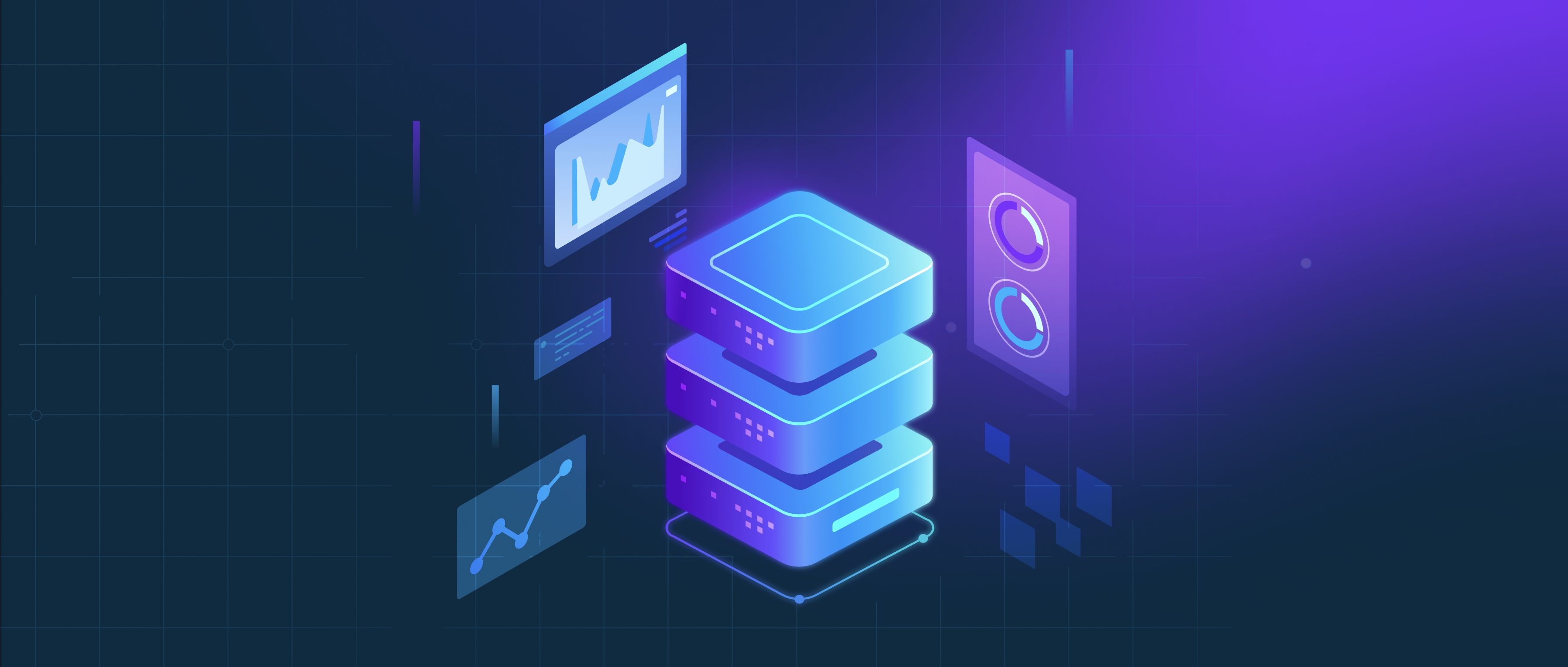Cloud computing cost models can be broadly categorized into three main types: pay-as-you-go, reserved instances, and spot pricing. Each model offers distinct advantages depending on the usage patterns and requirements of a project, allowing developers to choose the most cost-effective approach for their specific needs.
The pay-as-you-go model, also known as on-demand pricing, allows users to pay only for the resources they actually consume. This model is flexible and ideal for projects with unpredictable workloads or for those that are in the early development stages. For instance, if a developer runs a web application that experiences variable traffic, they can scale resources up or down automatically and only pay for the resources used during peak times. This eliminates the need for large upfront investments and is particularly useful for startups or small projects that might have tight budgets.
On the other hand, the reserved instance model offers cost savings for users willing to commit to using specific resources over a longer period, typically one to three years. By pre-paying or committing to a certain level of usage, developers can significantly reduce their costs compared to pay-as-you-go pricing. This is a great choice for applications with stable, predictable workloads, such as enterprise applications running in production. Lastly, spot pricing allows users to bid on spare cloud capacity at significantly reduced rates. While this model can offer substantial savings, it is best suited for flexible workloads that can tolerate interruptions, such as batch processing and data analysis tasks. Each of these models has its use cases, and understanding them helps developers make informed decisions about managing cloud costs effectively.
